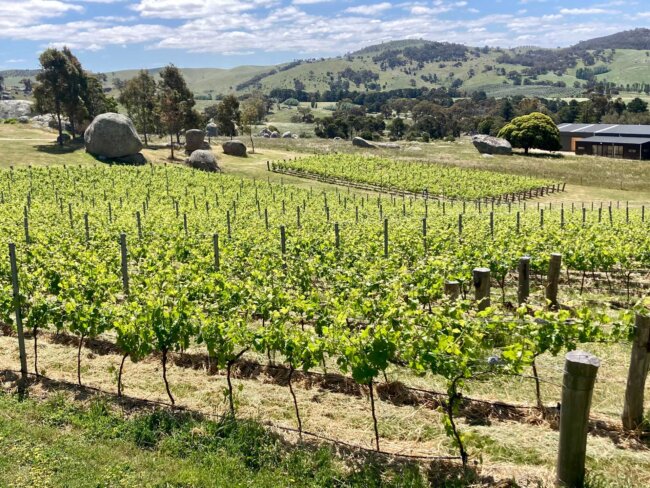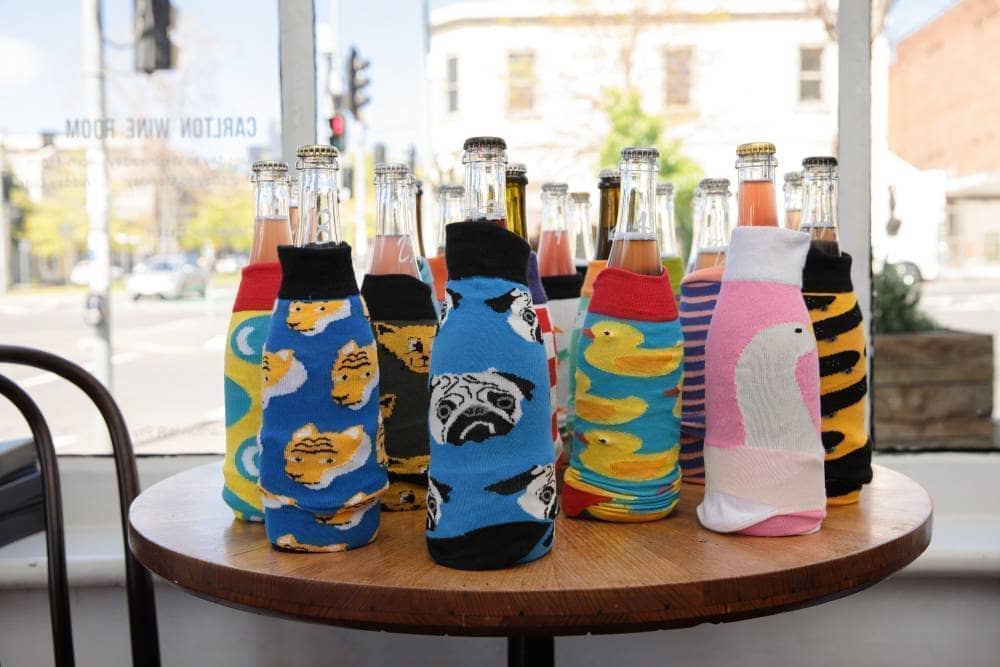Koomilya Vineyard, McLaren Vale
Planted circa 1960s, and purchased in 2012 by Fiona and Stephen Pannell, the Koomilya vineyard combines McLaren Vale’s wine heritage with a forward thinking approach to the identity of Australian wine through the lens of ‘alternative’ climate-apt varieties. The site includes two rows of mataro that are around 100 years old, as well as some old-vine shiraz and cabernet sauvignon propagated in the 1960s from McLaren Vale’s original 1840s vines. Malbec, touriga nacional, tempranillo and grenache make up the rest of the vineyard, where the average vine age is around 25 years. Large work to replace invasive plants with native trees, coupled with further regenerative agriculture, has been taken to restore the land. The 12 hectares under vine are nestled amongst two native scrublands – preserving the endangered Grey Box Grassy Woodlands – and creek lines which define the unique setting of this 35 hectare property.










